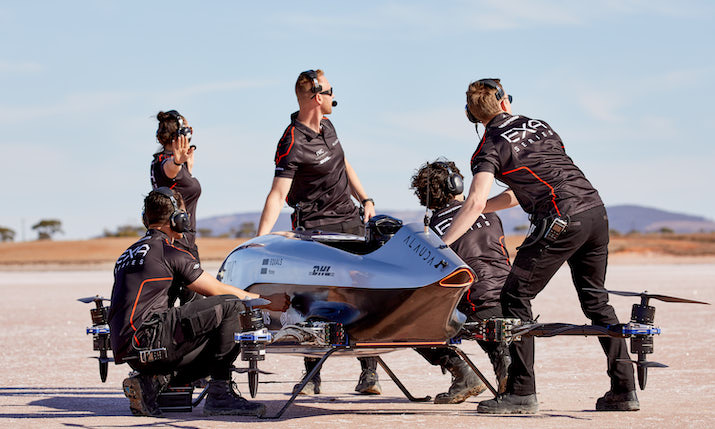Seize the moment: base on the value of innovating through a recession

By Michael Clayton, head of sales, base
Having survived a pandemic and enjoyed an absolute boom in the digital content coverage of sports since, we are now entering another period of economic uncertainty and instability that is making many companies tighten their purse strings and take a more conservative approach to investment. However, it is the companies that seize the moment to innovate, right-size their businesses, reduce costs and focus on the future that will come out on top.
Here are five predictions for how the sports media market will evolve in 2023.
Recession proofing
Technologies such as virtual production and cloud-based post-production will get another boost in uptake as sports productions look to reduce international travel, outside broadcast and hardware costs, while also enjoying the benefits of a reduced carbon footprint.
As companies look to cut costs, they will also be seeking efficiencies in reducing expensive crews and manual labour by leveraging the latest innovations in AI-powered automation.
Archive monetisation
With the increased pressure on budgets, many brands and rightsholders will be looking to resurface previously forgotten or under-utilised archive content, finding new ways to present, promote and monetise it and building new revenues from previously written off investments. A great example of this is recent archive platform company RPM founded by sports presenter Steve Rider.
Women’s sport spotlight
Still high from the incredible Lionesses’ achievement and award-winning coverage of the 2022 Women’s Euros, women’s sport is top of mind and rightly so for major brands, broadcasters and fans. Mentions of women’s sport in company filings have increased at a much higher rate (48%) in the last two years, relative to the previous three years (GlobalData). According to a report by Women’s Sport Trust, figures showed that there were 325 million viewing hours for women’s sport in 2022 (to the end of October) – the highest year on record – versus 19.1 million in 2012 and 246 million in 2019.
Live augmented reality
Forward-thinking new sports such as Airspeeder and Extreme E will continue to scale-up entirely new global audiences and viewing demographics by incorporating gaming-inspired augmented reality into their reimagined race formats and cutting-edge vehicular technologies. Some 28% of people surveyed by GlobalData thought that augmented reality would significantly disrupt their industry. Fan experience is driving AR adoption in broadcasting. AR technology can create virtual sets and display real-time statistics and graphics, such as Airspeeder’s live telemetry graphical overlays and ‘virtual racetrack in the sky’.
The dawn of Web3
Another area of sports content monetisation that is going to accelerate is in the Web3 space, specifically, the tokenisation of content. Different league associations, such as NFL, Australian Football League and Major League Baseball, are taking an interest in Web3 as an additional revenue source with the hiring of a ‘tokenomics director, ‘director of metaverse engineering’, and ‘director Web3 projects’, respectively. As rightsholders and brands discover new ways to monetise content – directly to the fans, entirely new Web3 experiences will emerge (not just basic clips purchasing).
